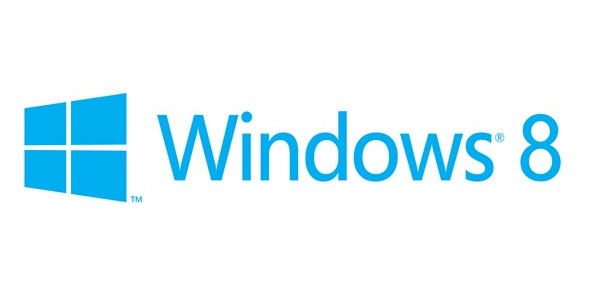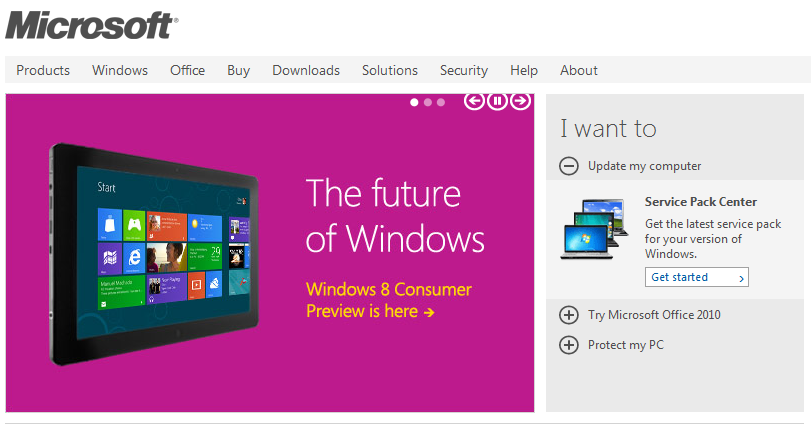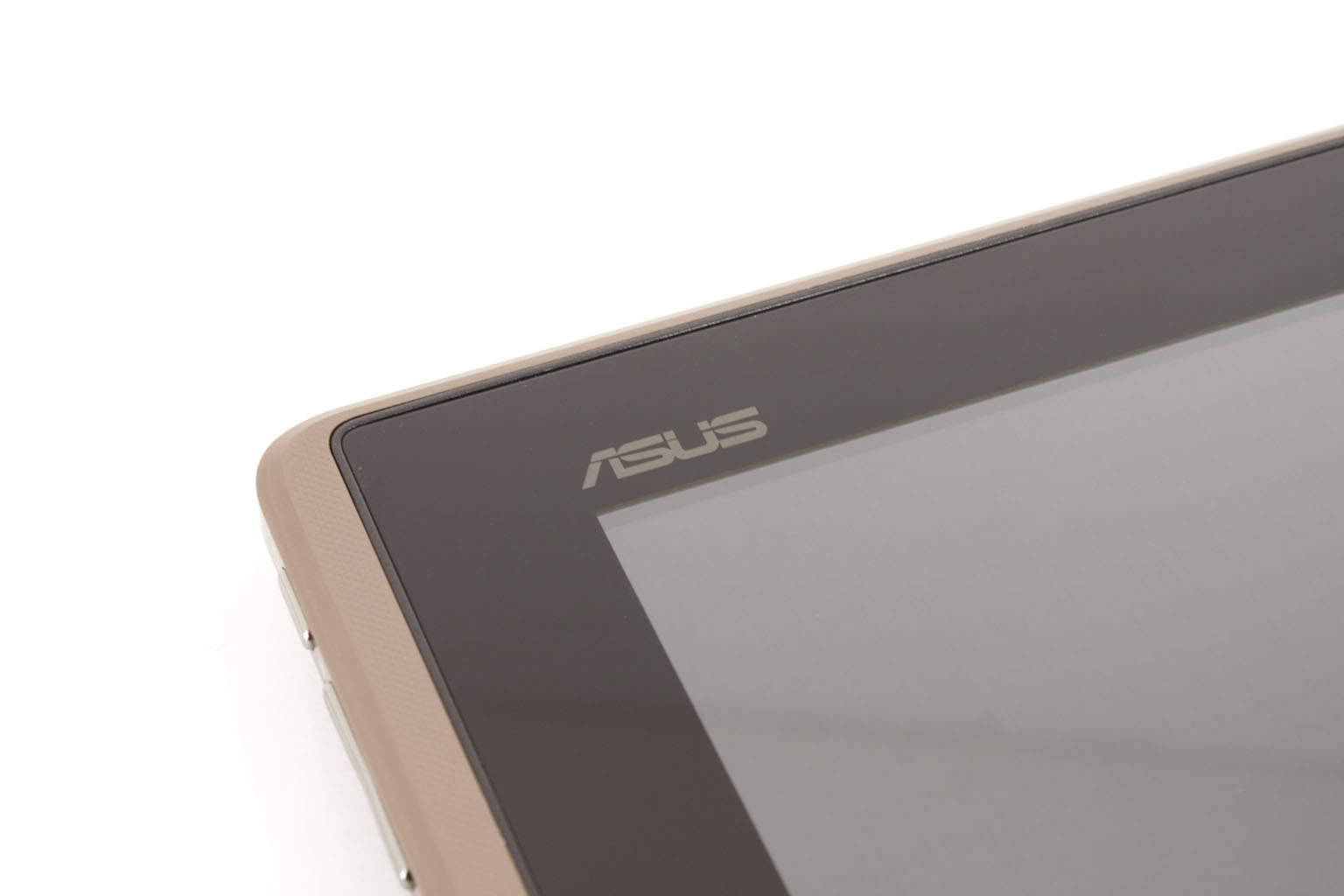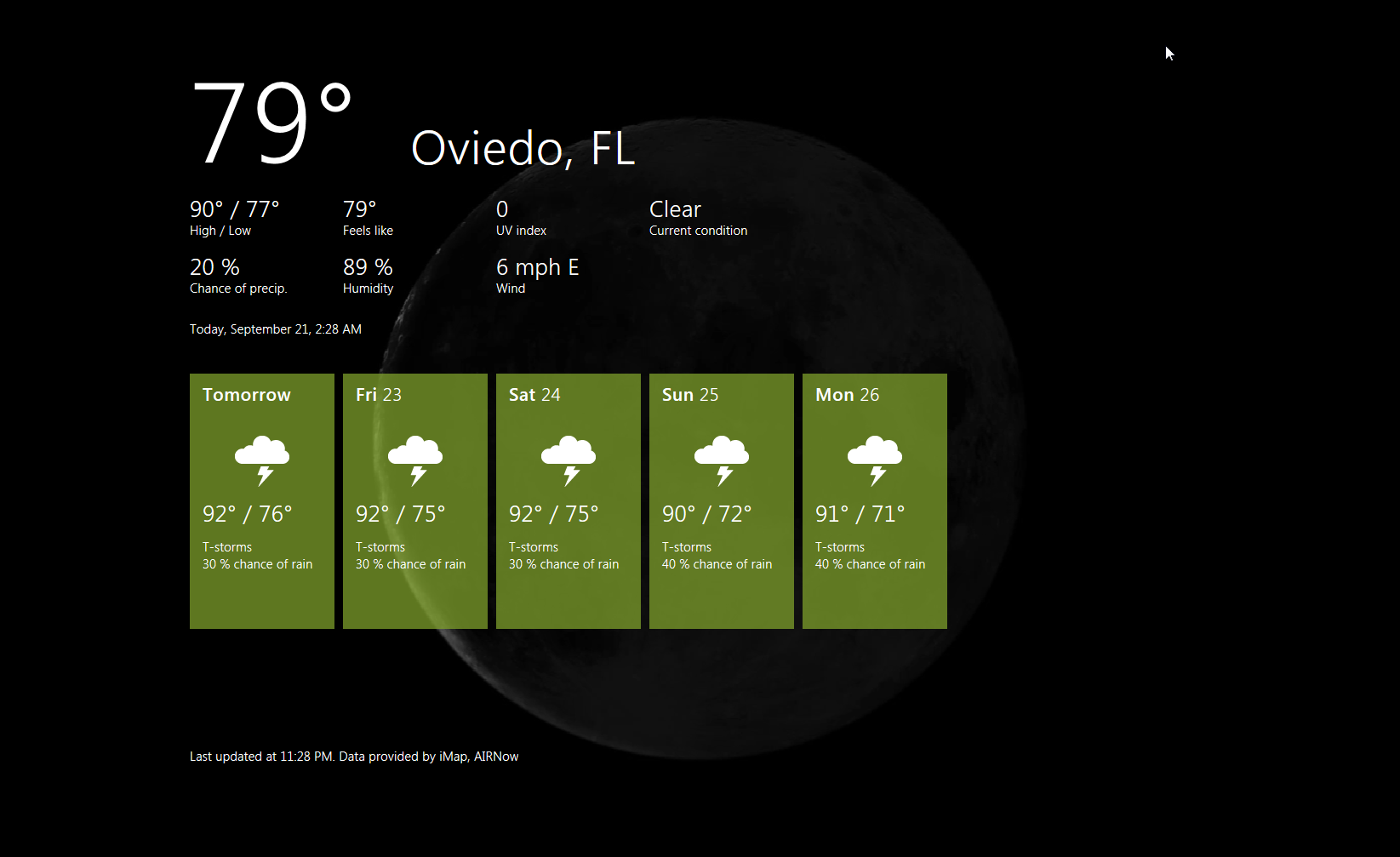Mobile Computing
There is no doubt that the mobile market is beginning to become the focus of hardware manufacturers. In many ways this market is eclipsing what we are seeing for more mainstream computer systems. One of the biggest reasons for this is that while most people will own a phone or portable media player only a fraction of that group will own a desktop computer. Because of this the demand for high-quality components and accessories has been growing at an exponential rate. Even companies that were once dedicated to the more traditional “PC” are starting to build devices for the mobile market. A couple of areas that are growing very quickly are power and audio. Here you have two very vital functions that anyone with a mobile device needs to think about. You have to have power to keep things going and most (if not all) will want a way to listen to their media on more than just the bundled set of headphones. Today we are taking a look at a product from LUXA2 that addresses both of these areas with style. So let us introduce the LUXA2 GroovyW Bluetooth speaker set and wireless charging unit.
- Details
- By Sean Kalinich
- Hits: 17633
 So after our look at the installation of Windows 8 on our Asus EEE Slate EP 121 we have gotten through the mess of installing drivers that are not meant for our device and getting some basic applications installed. We are now ready to take a look at the Metro UI and some of the features built into the Windows 8 platform. Let’s kick off with how fast this new OS starts up from a cold boot.
So after our look at the installation of Windows 8 on our Asus EEE Slate EP 121 we have gotten through the mess of installing drivers that are not meant for our device and getting some basic applications installed. We are now ready to take a look at the Metro UI and some of the features built into the Windows 8 platform. Let’s kick off with how fast this new OS starts up from a cold boot.
- Details
- By Sean Kalinich
- Hits: 14764
 Today marked the day that Microsoft released Windows 8 to the general public. We have tinkered with several builds of Windows 8, but so far we have not been all that impressed with what the guys in Redmond have come up with. Our big issue has been the lack of functionality and usability in the new MetroUI. In our last public coverage we had to switch back to Windows 7 after only three days or testing. So now let’s take another stab at getting Windows 8 running on current hardware, namely our Asus EEE Slate EP121.
Today marked the day that Microsoft released Windows 8 to the general public. We have tinkered with several builds of Windows 8, but so far we have not been all that impressed with what the guys in Redmond have come up with. Our big issue has been the lack of functionality and usability in the new MetroUI. In our last public coverage we had to switch back to Windows 7 after only three days or testing. So now let’s take another stab at getting Windows 8 running on current hardware, namely our Asus EEE Slate EP121.
- Details
- By Sean Kalinich
- Hits: 19598
Read more: We try Windows 8 on the Asus EEE Slate EP 121......
 In our second dive into the Non-Apple Tablet market we take a look at one of the more popular Android based tablets available right now. This is the Asus EEE Pad TF101 known more affectionately as the Transformer. This 10.1-inch Tegra 2 sporting device was first shown off at CES earlier this year. It generated quite a bit of interest as it not only works as a tablet but also has an available dock that lets you use it like a small netbook (and get a few extra hours of battery life). The Transformer comes in two flavors; one with 16GB of internal storage and one with 32GB. Other than that they are identical. You get the dual 1GHz Tegra 2 SoC (which features an nVidia GPU core and Cuda Acceleration for Flash) plus 3D SRS surround sound, MicroSD and SD Card readers (the SD card comes with the Dock) and much more. The best part of all of this is that you can get the 16GB Transformer with Dock for only $50 more than an iPad 2 16GB WiFi. Now the question is, is it worth that much and have we found a non-Windows tablet that is anything other than a toy? Read on to find out.
In our second dive into the Non-Apple Tablet market we take a look at one of the more popular Android based tablets available right now. This is the Asus EEE Pad TF101 known more affectionately as the Transformer. This 10.1-inch Tegra 2 sporting device was first shown off at CES earlier this year. It generated quite a bit of interest as it not only works as a tablet but also has an available dock that lets you use it like a small netbook (and get a few extra hours of battery life). The Transformer comes in two flavors; one with 16GB of internal storage and one with 32GB. Other than that they are identical. You get the dual 1GHz Tegra 2 SoC (which features an nVidia GPU core and Cuda Acceleration for Flash) plus 3D SRS surround sound, MicroSD and SD Card readers (the SD card comes with the Dock) and much more. The best part of all of this is that you can get the 16GB Transformer with Dock for only $50 more than an iPad 2 16GB WiFi. Now the question is, is it worth that much and have we found a non-Windows tablet that is anything other than a toy? Read on to find out.
- Details
- By Sean Kalinich
- Hits: 23089
 Four days, I lasted four days before I had to go back to Windows 7 on the EEE Slate. I tried to get Hyper-V running but the Core i5 on the system did not want to work the way it should. In the end I have come away with some interesting observations about the state that Microsoft’s next OS is in and where it could be by launch date. The first thing I have to remind everyone is that this is a developer’s preview. It is intended to allow App developers to push out apps for their Metro UI and also to ensure that software and hardware are ready (drivers mostly). By releasing it to the general public Microsoft has done a very smart thing. They are getting the OS out and on the street. People are actually running this as their main OS right now. Now this is all great if you are using something like a Laptop or even a desktop. There truly is very little that Windows 8 cannot do right now. However, when it comes to a tablet… things begin to fall apart. The problem is not that there is no touch screen support; it is that there seems to be no multi-touch support. On the EEE Slate EP 121 under Windows 7 I have multi-touch gestures and greater control. In Windows 8 that is gone. Instead of a two finger tap to right click my only option is touch and hold.
Four days, I lasted four days before I had to go back to Windows 7 on the EEE Slate. I tried to get Hyper-V running but the Core i5 on the system did not want to work the way it should. In the end I have come away with some interesting observations about the state that Microsoft’s next OS is in and where it could be by launch date. The first thing I have to remind everyone is that this is a developer’s preview. It is intended to allow App developers to push out apps for their Metro UI and also to ensure that software and hardware are ready (drivers mostly). By releasing it to the general public Microsoft has done a very smart thing. They are getting the OS out and on the street. People are actually running this as their main OS right now. Now this is all great if you are using something like a Laptop or even a desktop. There truly is very little that Windows 8 cannot do right now. However, when it comes to a tablet… things begin to fall apart. The problem is not that there is no touch screen support; it is that there seems to be no multi-touch support. On the EEE Slate EP 121 under Windows 7 I have multi-touch gestures and greater control. In Windows 8 that is gone. Instead of a two finger tap to right click my only option is touch and hold.
The matter is further complicated by Microsoft’s very immature Metro UI. It looks decent, but you cannot move things around to suit what you want or the layout you want. I do not like everything bunched up on one side on my tablet. I prefer it along the bottom. The Metro UI bunches the Apps and due to their different sizes breaks up any chance of a good flow. The lack of a Home button inside the individual apps is a big problem as well. Once you strip away the Metro UI you are left with a skinned Windows 7. Now I do like the new sharp corners as I think they make the windows look clean and show off a screen’s ability to reproduce good 2D imagery (well more like 2.5D).
The speed of Windows 8 is also very good. I was more than a little surprised to find this developer preview zipping along like it does. Usually at this stage of the game the OS does not feel very complete at all. There are speed issues, driver issues, and worse you name it you will probably run into it. In many cases (unless I have to) I do not really starting playing around with a new OS until it is at least at Beta 2 stage. Here you have things really ironed out and are looking for the little items. It is usually about this time that Microsoft opens up the Customer Preview Program and allows anyone to download the new OS. This early Developer’s Build really feels and performs much more like a Beta 2 than a dev preview.
So to wrap up my experience with Windows 8 on a tablet, I have to say I am impressed with quite a bit of it, but I do feel that this OS needs a LOT more work if it is going to compete head to head with Apple and Google in the tablet market. Sorry Microsoft, pretty Widgets and a cool keyboard is not enough to make it in this market space. You have to come up with something that no one else has or is doing, and as of right now, Windows 8 just does not have it for the Tablet Market. Let’s hope that by launch time these bugs are ironed out and we see a much improved version of Metro UI around August of next year.
For now we will get back to bringing you the news and our regular reviews..
Discuss in our Forum
- Details
- By Sean Kalinich
- Hits: 7251
More Articles …
Page 1 of 2



